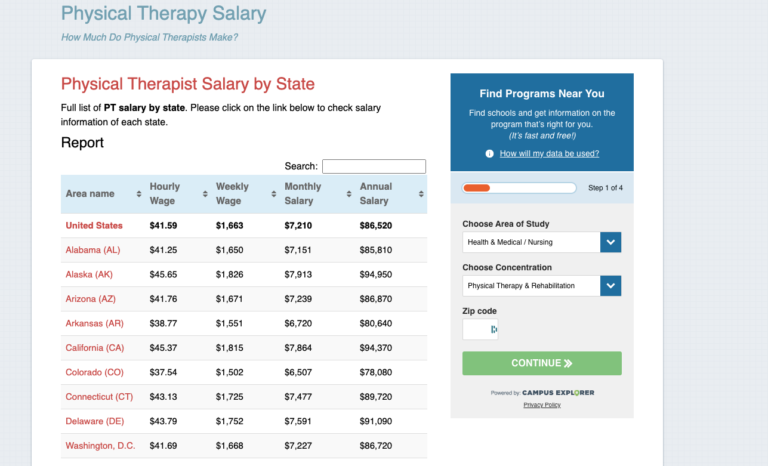Diary of a Student | Week 3
Not every patient a physical therapist is going to meet is going to be exactly the same. Here are 4 different personality types and the best ways to engage with them:
The Analyst
These are the patients who want to know everything that’s going on with them. Their physician might have referred them to physical therapy, and they may not know why or how it can help. They may come in feeling one way one day, and another a few days later. With these patients, it’s important to listen to their concerns, be cognizant of how it affects their lifestyles, find ways to make them feel better in the clinic, explain how treatments are helping, and providing them with additional tools for home.
Try to keep the patient updated on their plan of care. If they make improvements in the clinic, let them know. Let them know why they’re doing certain exercises. Show them how you’re helping them. Let them know what your goals are for each visit, and continue to ask about their goals during visits. If they improve, then great! If not, help them understand what could be going on and reassure them. Be confident when you talk with them. You want them to gain your trust.
The Motivated
This could be a patient who lived an active lifestyle, injured their knee playing a sport, and now has to get surgery. They’re reluctant they can’t participate in activities they used to enjoy, and may have trouble getting around home and in the community. They want to return to their regular life as quickly as possible. Let them know that it will take time for them to get better. PT takes time. It can help to talk with them about activities they used to participate in, and show an interest in these.
This shows that therapists care about what is going on in their patient’s lives and their well-being is important. Be their cheerleader. Constantly root for their improvements in the clinic. If they make an improvement on range of motion measurements, give them a high five. If PTs can think of any treatments in the clinic that may mimic activities they enjoy, this can benefit their overall experience. Make a race out of an exercise. Be a part of their treatment.
The Cynic
They’ve seen every professional out there, and yet they still have the same pain and symptoms as before. They want to get better, but they see no hope, and doubt physical therapy will change this. This is where physical therapists should convey what is it about PT that will make the difference. First off, therapists should listen to their patients and empathize with their concerns. It can help them feel better if they know their PT understands.
Second, when therapists are treating their patients, it can help to think outside the box, and make therapy fun. Don’t just give them an exercise. Be creative. What can you do to make a PT treatment session unlike any other clinical visit they’ve made? Help them get their mind off of their symptoms, and why they originally came to the clinic. Get them to laugh. Participate in certain exercises with them. Your goal is to get them to leave, forgetting about their pain, and instead, thinking about how much fun they had with you.
Third, try to remove all of their doubts. If they are afraid to walk without a cane, use a gait belt, walk with them, and show them that they CAN do it. They’ll be looking forward to being with you on their next visit!
The Emotionalist
They may feel helpless and hopeless. They’ve got pain from head to toe, impacting their ability to live a happy lifestyle. To make matters worse, they may have additional issues in their life, such as other medical conditions, or even socially distressing events, such as a recent death in the family or a divorce. And with all of this, they feel like they cannot control their current situation, and are fearful it won’t get better.
For this patient, it could mean the world if they have a healthcare professional sit down and listen to them. Listen to what they have to say and empathize with them. Let them know you understand, and acknowledge the situation they’re in. After you do this encourage them. Remind them how strong they can be, and let them know everything is going to be ok. Focus on the positive aspects in their life. Do they have a supportive family? Have they continuously improved in therapy? Let them know. Lastly, give them a hug. It shows you care. This could make a huge difference in their day.
By engaging with patients in these ways, they’ll want to come back, and continue to get better. After all, isn’t that an important goal of PT: getting them better? Not only does it help the patient, it helps the clinic continue to grow. The clinic was successful in seeing that patient multiple times, and overall improving their ability to get around at home and in the community.
With all of these patients, it’s also important for therapists to address their goals during the evaluation. What is it they could do before that they can’t do now, and want to achieve? By discussing this, the patient will realize you care about their lives and want the best for them. Doing this helps the patient trust their PT and become confident in their plan of care.
For more information, check out this article on motivational interviewing, and how it can be used during an examination.





